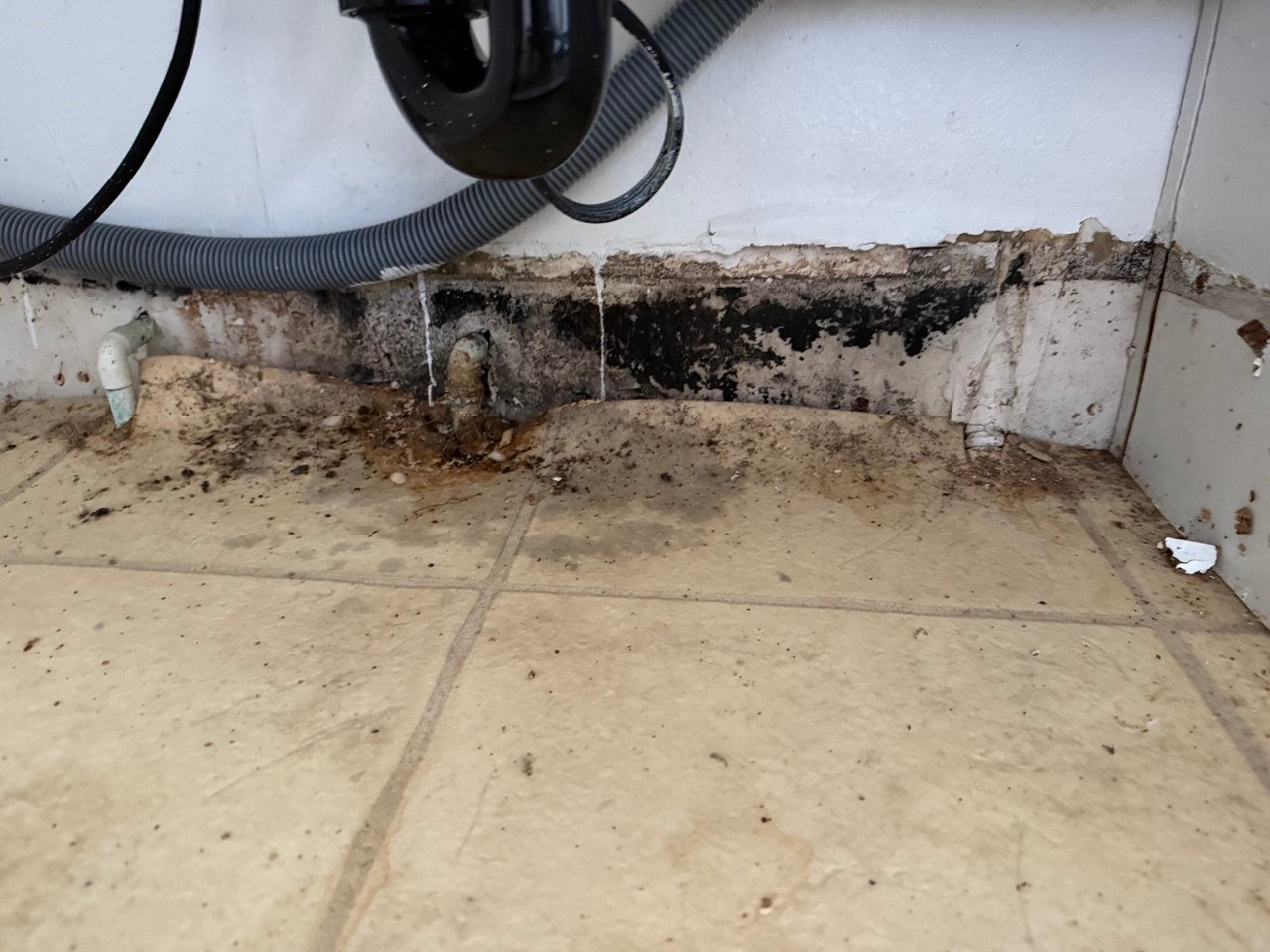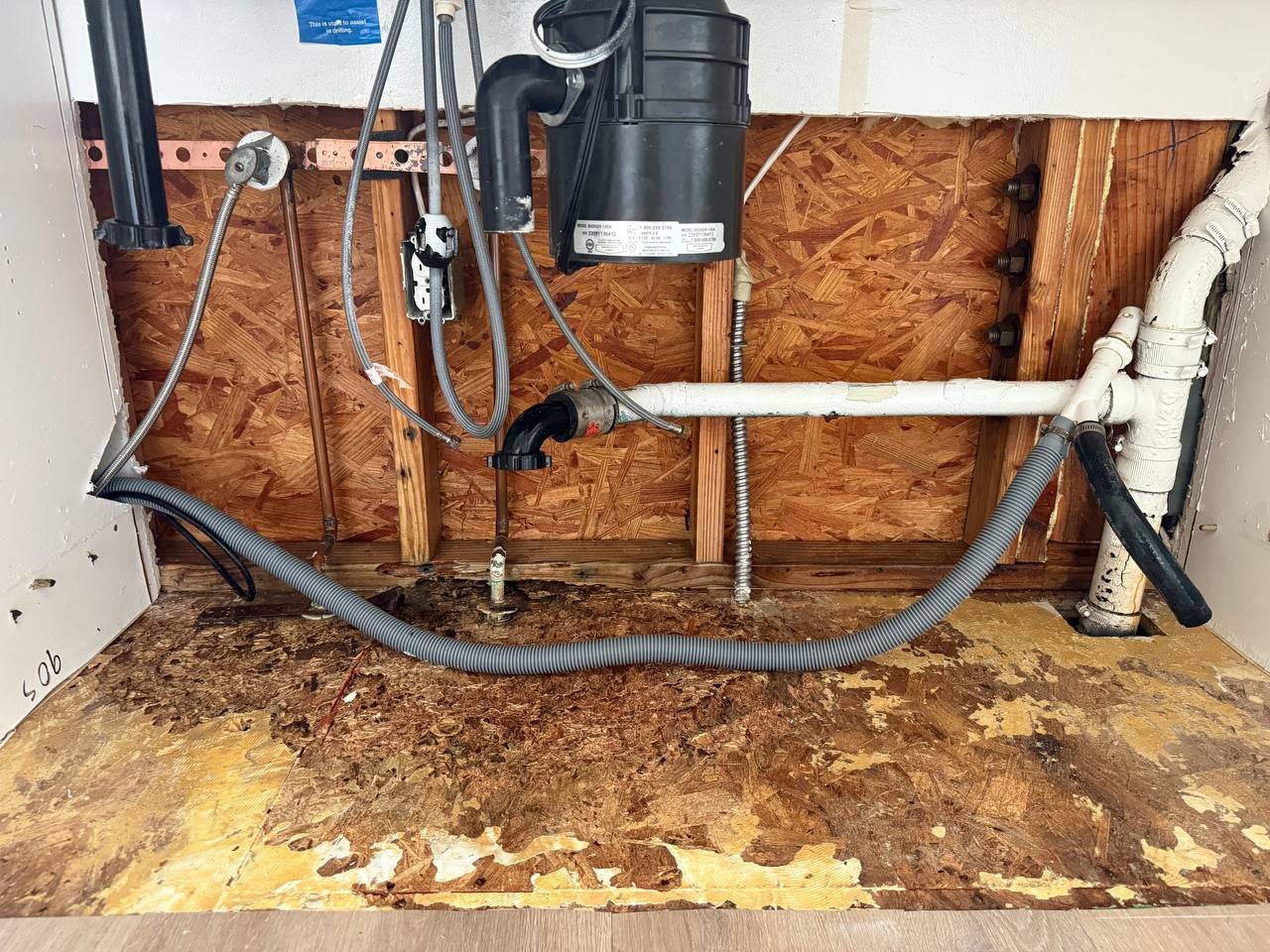Mold Remediation in Pasadena, CA | Inspection, Removal, Prevention
Pasadena’s housing stock spans historic Craftsman bungalows in Bungalow Heaven, pre-war homes near Old Pasadena, and hillside properties in Linda Vista and San Rafael. Roof details, aging plumbing, and weak bath ventilation make hidden moisture common. Onsite Pro Restoration delivers certified inspections, controlled removal, and prevention tailored to Pasadena’s materials—plaster and lath, hardwoods, built-ins, and specialty finishes.
Get Started
Service Form
Signs You May Need Mold Remediation
Musty Odors, Spots, or Recurring Stains
A persistent musty smell, speckling on drywall or plaster, and stains that return after cleaning usually indicate moisture inside wall or ceiling cavities.
Symptoms That Improve Outdoors
If coughing or eye irritation eases when you leave home, indoor moisture or growth may be present—even without visible mold.
After Leaks, Storms, or HVAC Issues
Winter storms, flashing failures, laundry or bath leaks, and clogged HVAC condensate lines wet porous materials long enough for mold to colonize.

Why Mold Happens in Pasadena Homes and Buildings
Historic Craftsmanship and Plaster Walls
Many Pasadena homes use plaster and lath. Plaster holds moisture longer than drywall, so small leaks can produce lingering odor and recurring stains if not dried to targets.
Roofs, Balconies, and Complex Flashing
Clay tile roofs, dormers, and balconies over living space are common near the Arroyo and Orange Grove. Failed underlayments or scuppers allow stormwater to track into ceilings and built-ins.
Aging Supply Lines and Angle Stops
Original copper or galvanized lines and older valves drip behind cabinets and in laundry closets. Tight utility spaces trap humidity.
Window and Stucco Intrusions
Wind-driven rain around older window assemblies and stucco cracks wets sheathing and interior finishes, often showing up weeks later.
Crawl Spaces and Irrigation
Irrigation hitting stucco and poor grading load crawl-space air with moisture. Wicking into sill plates and lower walls fuels recurring odor at baseboards and toe-kicks.

Our IICRC S520 Mold Remediation Process
Inspection and Moisture Mapping
We locate sources and map wet materials with pin/pinless meters and thermal imaging. Sampling is recommended only when it changes scope, satisfies HOA or lender requirements, or verifies clearance (PRV). Scope aligns with IICRC S520.
Source Control
Mold returns if the water source remains. We coordinate plumbing repairs, roof or balcony membrane fixes, window and stucco sealing, condensate service, and ventilation upgrades before or during remediation.
Containment and Negative Pressure
We isolate work zones with poly or rigid containment and zipper access. HEPA-filtered negative air maintains pressure differentials so dust and spores do not migrate. HVAC supplies/returns in the zone are sealed. Floors, stairs, and hallways are protected.
Removal of Contaminated Materials
Porous materials with established growth—colonized drywall, wet insulation, affected carpet pad—are removed. Where plaster is sound with only superficial growth, we attempt cleaning; delaminated or deeply colonized areas are removed. We expose framing as needed for cleaning and dry-down.
HEPA Cleaning and Detail Work
We HEPA-vacuum surfaces, mechanically agitate, and detail clean. Targeted antimicrobial supports cleaning. It never replaces source removal.
Controlled Drying to Targets
Dehumidifiers and directed airflow bring materials to target moisture. We log baseline, daily, and clearance readings and do not close the job until targets are met.
Post-Remediation Verification (as needed)
For larger jobs, HOAs, historic properties, or sensitive occupants, a third-party assessor performs PRV. Passing typically includes clean visuals, odor-free conditions, balanced air handling, and project-appropriate sampling.
Documentation and Handover
You receive photos, containment layouts, moisture and equipment logs, and a line-item scope in Xactimate format. Clear records reduce adjuster pushback and protect future disclosures.
Pasadena-Specific Scenarios We Handle
Tile-Roof and Balcony Intrusions in Linda Vista
Clay tiles and complex flashing near valleys and penetrations allow wind-driven rain to track below. Ceilings and built-ins wet quickly. We phase containment, open only where readings demand, remove contaminated insulation, clean framing, and dry assemblies to targets before coordinating roofing or membrane fixes.
Vintage Bath With Poor Exhaust in Bungalow Heaven
Original tile and no mechanical exhaust trap humidity. We remediate wall and ceiling cavities, verify dry-down, and specify a properly ducted exterior fan with humidity control. Without exhaust, odor and growth recur.
Window and Stucco Leaks Near Old Pasadena
Aging window assemblies and hairline stucco cracks admit rain. We remove impacted interior finishes along lower walls, clean and dry sheathing and studs, and recommend exterior sealing and flashing improvements to prevent relapse.
HVAC Condensate Overflow by the Arroyo
Clogged condensate lines wet adjacent framing inside mechanical closets. We remediate, service the line, and add float switches or leak alarms to prevent repeat events.
Click Here
Health and Safety
Negative pressure keeps contaminants inside containment.
PPE and controlled waste handling limit exposure.
Lead/asbestos rules are followed for pre-1978 materials before disturbance.
No “fog-only” shortcuts; established growth requires source removal.
Specialty Care for Historic and Premium Finishes
Plaster, Lath, and Millwork
Plaster needs lower-stress airflow and selective opening. Historic trim, built-ins, and casing are protected and, where feasible, preserved. We document decisions for owners and adjusters.
Hardwood and Engineered Floors
We stage dehumidification and use floor-drying mats to limit cupping. Engineered cores that swell are documented for replacement. Subfloor moisture is verified before reinstalling.
Stone and Tile Over Mortar Beds
We manage vapor to reduce efflorescence and staining. Non-destructive meters confirm drying below dense finishes. Relief points are planned only where assemblies trap water.
Cabinets and Built-Ins
Toe-kick removal improves cavity airflow. Where panels delaminate, we plan sectional removal and save doors/faces when possible.
Case Study: Balcony Leak in Madison Heights
Situation
A second-floor balcony over a living room developed a hidden membrane failure. Interior ceiling staining appeared after winter storms. Moisture mapping found wet insulation and ~280 sq ft of affected drywall. Adjacent built-ins showed elevated readings along the base.
Mitigation
Room containment with HEPA negative air and sealed HVAC registers.
Limited ceiling demo and insulation removal where readings demanded.
HEPA vacuuming and mechanical cleaning of framing; targeted antimicrobial application.
Closed drying system with dehumidifiers and air movers; daily moisture logs shared with owner and carrier.
Outcome
Dry goals achieved on day 4. Odor resolved by day 2 after source removal and cleaning. Roofing contractor corrected membrane seams and scupper detail. Rebuild included drywall, texture blend, paint, and millwork touch-ups.
Lesson
Balconies over living space need routine inspections of membranes, penetrations, and drains—especially before winter rains.
Costs and Variables (Typical Ranges, Not a Quote)
Actual pricing depends on size, materials, access, historic constraints, and verification needs:
Containment and protection: $150–$600 per chamber based on complexity.
Selective demolition: drywall removal/haul-off $2.50–$5.50 per sq ft; wet insulation removal $1.50–$3.50 per sq ft; baseboard/toe-kick remove/replace $6–$12 per linear ft.
HEPA negative-air (per day): $95–$165 per machine.
Air movers / dehumidifiers (per day): $25–$45 and $75–$125.
Detail cleaning + antimicrobial: $0.20–$0.50 per sq ft treated.
PRV by third party (if used): billed separately by the assessor/lab.
Policies often cap mold coverage but may cover the sudden and accidental water loss that caused it. Our documentation ties cause, extent, and dry-down to policy terms to reduce delays.
Prevention After Remediation
Roof/balcony membranes: inspect seams, penetrations, flashings, and scuppers before storms.
Ventilation: vent baths and laundry to exterior; add humidity-sensing controls.
Plumbing: replace aging supply lines and angle stops; install a pressure regulator if PSI is high.
Windows/stucco: seal cracks and maintain flashing; check sills after wind-driven rain.
Crawl spaces/landscaping: redirect irrigation, improve grading, and add ventilation where needed.
Indoor RH control: hold ~40–50%; use portable dehumidifiers in problem areas.
Verification: after any leak, confirm target moisture before closing walls or refinishing floors.
Timeline
Inspection and scope: same day.
Containment, removal, initial cleaning: 1–2 days for a bath or closet; longer for multi-room or ceilings under balconies.
Drying and PRV: typically 2–4 additional days depending on materials and humidity.
Rebuild: after moisture targets and, if used, PRV pass. Typical scopes: drywall/texture, insulation, paint, trim, and touch-up on millwork.
Prevention After Remediation
Roof/balcony membranes: inspect seams, penetrations, flashings, and scuppers before storms.
Ventilation: vent baths and laundry to exterior; add humidity-sensing controls.
Plumbing: replace aging supply lines and angle stops; install a pressure regulator if PSI is high.
Windows/stucco: seal cracks and maintain flashing; check sills after wind-driven rain.
Crawl spaces/landscaping: redirect irrigation, improve grading, and add ventilation where needed.
Indoor RH control: hold ~40–50%; use portable dehumidifiers in problem areas.
Verification: after any leak, confirm target moisture before closing walls or refinishing floors.
We serve Pasadena, Bungalow Heaven, Old Pasadena, Madison Heights, Linda Vista, San Rafael, South Arroyo, and East Pasadena, plus nearby San Marino and Altadena. Dispatch is 24/7.
Explore More Restoration Services in Pasadena
Pasadena Sewer Damage Cleanup
Safe sewer and biohazard cleanup.
Pasadena Fire Damage Restoration
Fire and smoke damage restoration.
Pasadena Water Damage Cleanup
Fast water extraction and drying.
Pasadena Hub Page
Explore all services in Pasadena.
